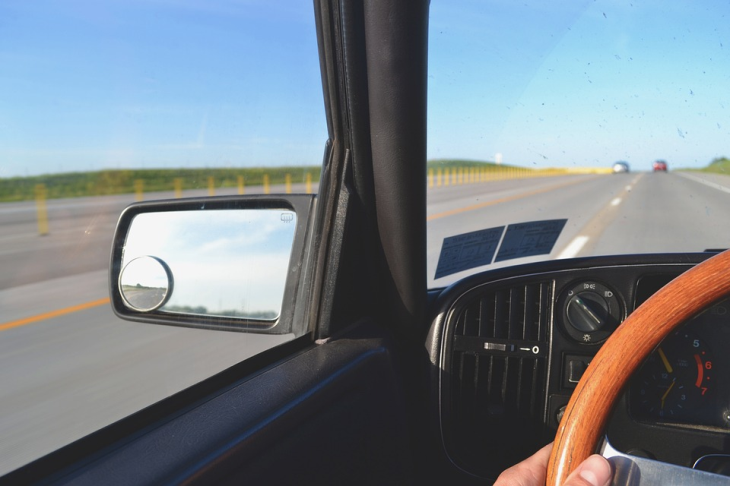Windshields and Vehicle Windows Information
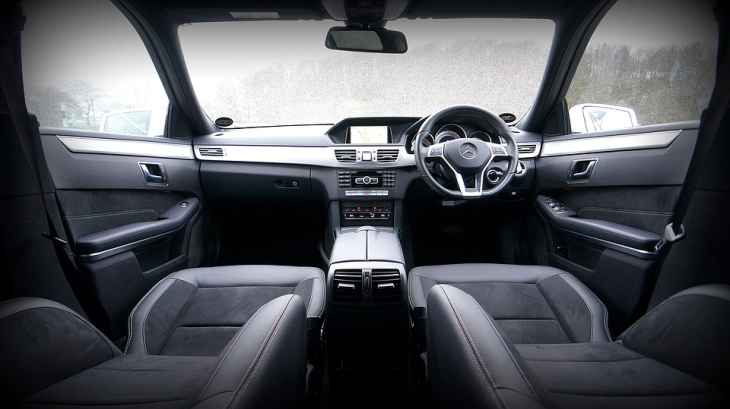
Figure 1: Windshields and vehicle windows serve several important purposes. Source: Pixabay
Before windshields and windows were added to vehicles, drivers would wear goggles to keep wind, insects, and debris out of their eyes while driving. Thankfully, windshields and vehicle windows now make driving and operating vehicles much more enjoyable. Advancements in material science have also made windshields and windows cheaper, safer, and higher quality.
Theory of Operation
Windshields and vehicle windows serve several important purposes with a fairly simple theory of operation. Windshields and windows separate the operator of the vehicle from the outer environment while providing visibility, protection, occupant comfort, and sometimes structural support.
Most operators require the ability to see in order to properly operate the vehicle. For windshields and vehicle windows to operate properly, they must provide clear visibility. Windows must allow enough light into the vehicle for the operator to safely operate the vehicle.
Keeping wind, bugs, and debris out of the operator’s face is also a key requirement for windshields and windows. The windshield should be resistant to dust, rain, snow, and other environmental elements. They also shield passengers from insects, debris, and small stones that could be thrown up from the road while the vehicle is in motion.
Windshields can contribute to the structural integrity of the vehicle. In many modern cars, the windshield is designed to support the vehicle's roof in case of a rollover accident. The glass used in windshields and vehicle windows is safety glass, which is designed to minimize injury in the event of an accident.

Figure 2: Windshields typically use laminated glass, which tends to crack like a spider web. Source: Pixabay
Windshields typically use laminated glass, which tends to crack like a spider web rather than shatter upon impact. Side and rear windows generally use tempered glass, which breaks into small, less dangerous pieces rather than large, sharp shards. Glass used in different types of vehicles is typically catered specifically to the application.
Windshields and windows help maintain the inside temperature of the vehicle. They work with the vehicle's heating, ventilation, and air conditioning system to keep the car's interior comfortable, regardless of the weather outside. Some vehicles also have tinted windows to reduce heat build-up inside the vehicle on sunny days.
In addition to temperature, windshields and windows enhance occupant comfort by reducing the amount of noise that enters the vehicle from outside. Letting less noise into the vehicle contributes to a quieter and more comfortable driving experience.
Specifications
The specifications for windshields and vehicle windows can vary depending on the type, make, and model of the vehicle, but there are some common elements and regulations that they generally need to adhere to.
Material
Windshields and vehicle windows are often made from safety glass to prevent serious injuries in case of an accident. Automotive windshields are typically made of laminated glass, which consists of two sheets of glass bonded together with a layer of plastic (PVB) in between. Side and rear windows are usually made of tempered glass, which is treated to break into small, dull pieces instead of large shards.
Thickness
The thickness of the glass can vary depending on the specific requirements of the vehicle, but windshields are typically between 4 mm and 6 mm thick, and side windows can be a little thinner, typically 4 mm to 5 mm. High-performance windshields like aircraft canopies can be 12 mm thick or more.
Tint
Regulations for automotive window tint vary by country and state, but there are often specific rules about how dark the tint can be, particularly on the windshield and front side windows, for safety reasons. The tint is usually specified as a percentage, which represents the amount of light that can pass through the window. Window tint can have a big impact on keeping vehicle interiors cool even on sunny days.
Optical Quality
Windshields and vehicle windows need to be free of any defects or distortions that could impair the driver's view of the road. High-performance applications like aerospace may have stricter requirements for optical quality.
Size and Shape
The size and shape of the windshield and windows are determined by the design of the vehicle. They need to fit securely in the frame and match the contours of the vehicle. Windshields and vehicle windows come in many different sizes and must be carefully matched to the vehicle.
Heating and Defrosting Elements
Many windshields and rear windows have heating elements embedded in the glass to defrost the window in cold weather. These heating elements are critical for maintaining visibility in icy conditions.
Technology
Some modern vehicles have windshields and windows with advanced technology, like rain sensors for automatic wiper control, UV protection coatings, heads-up display compatibility, acoustic interlayers for noise reduction, and more.
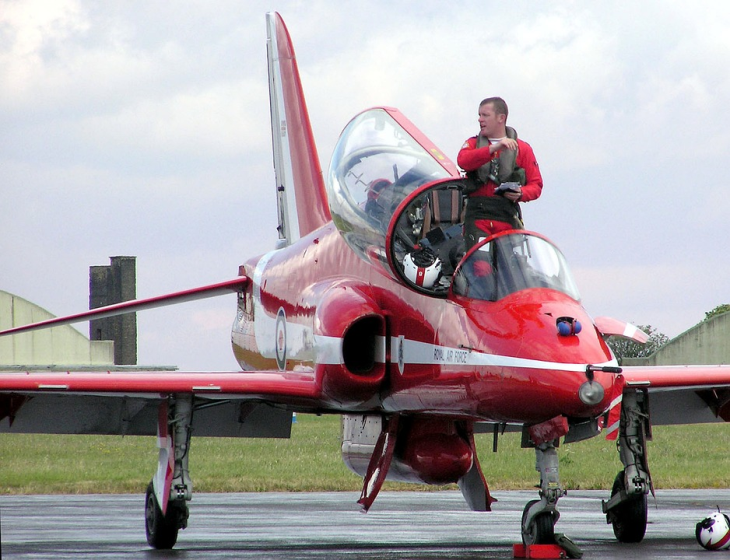
Figure 3: The transparent enclosure over the cockpit in some aircraft is referred to as the aircraft canopy. Source: Pixabay
Types
There are several types of windshields and vehicle windows, each designed for a specific purpose and location on a vehicle. Here are the primary types:
Windshield
The windshield, or windscreen, is the front window of a vehicle. First designed to keep wind out of the operator’s face, automotive windshields are typically made of laminated safety glass. This special safety glass is designed to stay intact during a collision. The windshield is a crucial part of the vehicle's safety system; it provides structural strength to the vehicle's body and supports the inflation and performance of passenger airbags.
Rear Windshield/Backlite
This is the large piece of glass at the back of the vehicle, opposite the windshield. Like the windshield, it's often made of laminated glass in modern vehicles, although some older vehicles may use tempered glass.
Side Windows
These are the windows that are positioned on the sides of the vehicle. In most vehicles, the front side windows can be rolled down, while the rear side windows may be fixed, hinged, or able to be rolled down, depending on the vehicle's design. They are typically made of tempered glass, which breaks into small granular chunks instead of splintering into jagged shards when broken, making them less likely to cause injury.
Quarter Glass
This is a small piece of glass that is sometimes found in the corner of the vehicle's door or, more commonly, on either side of the rear glass. In older vehicles, these could often be opened for ventilation, but in most modern vehicles, they are fixed.
Sunroof/Moonroof
This is a window positioned on the roof of the vehicle. A sunroof can be solid and may be able to be opened for ventilation, while a moonroof is typically made of tinted glass and allows light to enter the vehicle even when it's closed. They are typically made of tempered glass.
Vent Glass
This is a small piece of glass that is positioned on the side of the vehicle, usually at the front, next to the main side window. In older vehicles, these could often be opened separately from the main window for ventilation, but they are rare in modern vehicles.
Aircraft Canopy
The transparent enclosure over the cockpit in some aircraft is referred to as the aircraft canopy. Allowing for a greater field of view than a traditional flight deck, aircraft canopies can be 12 mm thick or more to resist impact and maintain a pressurized cockpit.
Each of these types of windows serves a specific purpose and contributes to the safety, comfort, and aesthetic appeal of the vehicle. They are designed to provide visibility while protecting the vehicle's occupants from the elements and potential hazards.

Figure 4: Allowing for a greater field of view than a traditional flight deck, aircraft canopies can be 12 mm thick or more. Source: Pixabay
Features
Windshields and vehicle windows have several features that contribute to the safety, comfort, and functionality of the vehicle. Here are some of the most common features:
Safety Glass
Automotive vehicle windows are made from safety glass to reduce the chance of injury in case of a break. Windshields are typically made from laminated glass, which consists of two layers of glass with a layer of plastic in between. In an impact, the safety glass is more likely to spiderweb rather than shatter in an accident. Side and rear windows are usually made from tempered glass, which is designed to shatter into small, rounded pieces that are less likely to cause injury.
Tinting
Many vehicle windows are tinted to reduce glare and keep the vehicle's interior cooler. The level of tinting that is allowed can vary depending on local regulations.
Defrosting and Defogging
Many windshields and rear windows have defrosting mechanisms. These typically involve electric heating elements embedded in the glass, or they can use the vehicle's HVAC system to defog the glass.
Windshield Wipers
Windshields are equipped with wipers to clear rain, snow, and dirt. Some vehicles have automatic rain-sensing wipers that activate when they detect moisture on the windshield.
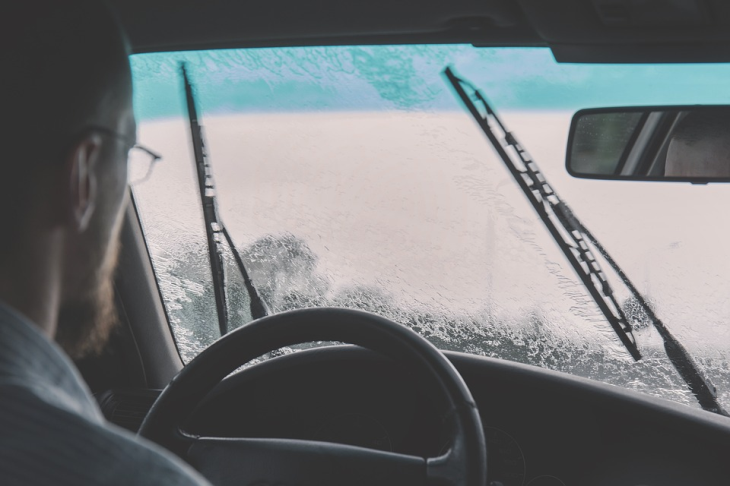
Figure 5: Windshields are equipped with wipers to clear rain, snow, and dirt. Source: Pixabay
Heads-Up Display (HUD)
Some modern vehicles have windshields designed to work with heads-up display systems, which project information onto the windshield in the driver's line of sight.
UV Blocking
Many windshields and windows can block a significant portion of UV rays, protecting the vehicle's occupants and the interior from sun damage.
Opening Mechanisms
Side windows, and sometimes sunroofs, have mechanisms that allow them to be opened and closed. These can be manual or electric.
Embedded Antennas
Some vehicles have antennas for the radio or navigation systems embedded in the glass of the windshield or rear window.
Impact Sensors
Some advanced vehicles have windshields with impact sensors that can detect a collision and trigger safety systems, like airbags.
These features can vary depending on the make and model of the vehicle, as different manufacturers may offer different options or technologies. Always consult a vehicle's manual or the manufacturer for specific information about the features of a vehicle's windows and windshield.
Manufacture
Windshields and vehicle glass must be both optically clear and safe for operation. Manufacturing windshields and vehicle windows involves a complex process that requires precision and attention to detail. Both windshields and side windows are typically made from safety glass to reduce the risk of injury in case of an accident. However, the manufacturing process for each type of glass is slightly different.
Windshields
Windshields are usually made from laminated safety glass, which consists of two layers of glass with a layer of plastic (usually PVB or Polyvinyl Butyral) sandwiched between them. The manufacturing process proceeds through a few key stages.
- Cutting and shaping
- Grinding and polishing
- Cleaning
- Layering
- Pre-pressing
- Autoclaving
The process begins by cutting and shaping two sheets of glass to match the specifications of the vehicle model. This is often done using a computer-controlled machine for precision. The edges of the glass are then ground and polished to ensure they are smooth and fit perfectly into the vehicle's frame. The polished sheets of glass are thoroughly cleaned to remove any dust, dirt, or other impurities that could affect the lamination process.
Safety glass has a layer of plastic placed between the sheets of glass, often a sheet of PVB. This layer will hold the glass together if it's broken, preventing it from shattering into large, sharp pieces. The sandwich of glass and PVB is then placed in a pre-press, where it is heated and pressed together to remove any air bubbles and ensure a strong bond. The pre-pressed windshield is placed in an autoclave, which uses heat and pressure to fully bond the glass and PVB together.
Once the windshield has cooled, it is inspected for defects. This may involve both visual inspection and computerized analysis to ensure it meets the required safety standards.
Side Windows and Rear Windows
Side windows and rear windows are typically made from tempered glass, which is treated to be stronger than regular glass and to shatter into small, granular pieces rather than large, sharp shards when broken. The main steps for manufacturing side and rear windows include:
- Cutting and shaping
- Grinding and polishing
- Tempering
Like windshields, the manufacturing process for side and rear windows begins with cutting and shaping a sheet of glass to fit the specifications of the vehicle model. The edges of the glass are ground and polished to ensure they are smooth.
Unlike windshields, side and rear windows are typically tempered. The glass is then heated to a high temperature, and then it is rapidly cooled. This process, known as tempering, strengthens the glass and changes the way it breaks, making it safer in the event of an accident.
Aircraft Canopies
Manufacturing aircraft canopies is different from other types of windshields and vehicle windows and deserves a separate mention. Most modern aircraft canopies are made from acrylic or polycarbonate and are formed through vacuum forming.
A sheet of plastic is first cut to the required size. The sheet is then secured to a female mold and heated in an oven until pliable. Once warm and pliable, the air is removed from the mold which draws the pliable plastic into the mold, forming the shape of the canopy.
Applications
Windshields and vehicle windows are primarily used in motor vehicles to provide visibility and protect occupants from the elements. However, they can be found in a variety of different types of vehicles and other settings. Here are some of the most common applications:
Passenger Cars and Trucks
This is the most common application. Every car or truck has a windshield and multiple other windows to provide visibility for the driver and passengers.
Figure 6: Every car or truck has a windshield and multiple other windows to provide visibility for the driver and passengers. Source: Pixabay
Commercial Vehicles
Buses, vans, and trucks also have windshields and windows. In the case of buses, the windows also provide visibility for passengers and often can be opened for ventilation.
Motorcycles
While not all motorcycles have windshields, many do, particularly touring motorcycles. The windshield on a motorcycle serves the same function as on a car, providing visibility and protecting the rider from the wind and other elements.
Aircraft
Airplanes and helicopters also have windshields, which serve to provide visibility and protect the pilots from the wind and other elements. Aircraft windshields are typically made from high-strength materials to withstand the pressures of high-altitude flight.
Trains
Train cabins also have windshields to provide visibility for the driver. Passenger trains have windows for the passengers.
Boats and Ships
Boats and ships also have windshields or windows, particularly those with enclosed cabins. These provide visibility for the operator and protect passengers from the elements.
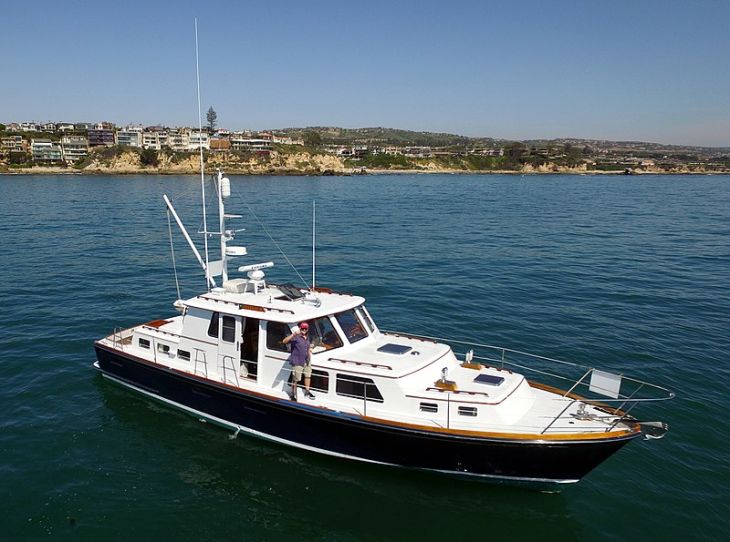
Figure 7:The Sea Chase in Corona Del Mar by D Ramey Logan. Source: DRL/CC BY-SA 4.0
Construction and Farming Equipment
Vehicles like tractors, excavators, and bulldozers often have windshields and windows to protect the operator.
Recreational Vehicles (RVs) and Campers
These vehicles have windshields and windows similar to those on cars and trucks, but they may also have additional windows to provide light and ventilation in the living areas.
Off-road Vehicles
Vehicles such as ATVs and side-by-sides often have windshields to protect the driver and passengers from the elements and debris.
Race Cars
Race cars have windshields and windows that are often made from materials like polycarbonate for added strength and reduced weight.
In each of these applications, the windshields and windows may need to meet specific requirements related to the environment in which the vehicle will be operated and the specific demands of the vehicle's design.
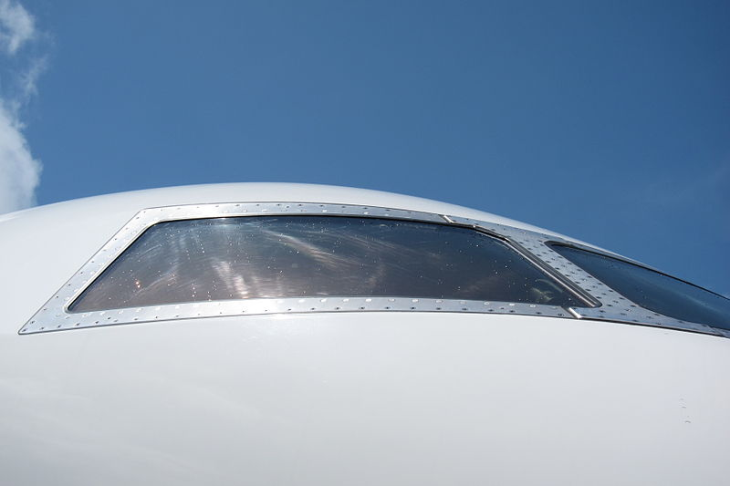
Figure 8: The curved cockpit windshield of a Bombardier Global 6000. Source: Olivier Cleynen/CC BY-SA 3.0
Standards
Windshields and vehicle windows must meet various safety and quality standards, which may vary by region. These standards ensure the glass is safe and performs effectively under different conditions. Here are some of the key standards:
Federal Motor Vehicle Safety Standards (FMVSS)
In the United States, the National Highway Traffic Safety Administration (NHTSA) has established a number of Federal Motor Vehicle Safety Standards that apply to windshields and windows. For instance, FMVSS 205 specifies that all automotive glass must be made from safety glazing materials to reduce the likelihood of injury when the glass breaks.
European Regulation (ECE Regulations)
In Europe, the United Nations Economic Commission for Europe (UNECE) sets standards for automotive glass. Regulation No. 43, for instance, specifies safety glazing materials and their installation on vehicles.
American National Standards Institute (ANSI)
ANSI Z26.1 is the standard for safety glazing materials used in road vehicles. This standard is also used in many places outside the United States.
Industry Standards
The Society of Automotive Engineers (SAE) has several standards related to automotive glass, covering aspects such as performance, testing, and installation. Vehicle manufacturers also have their own specifications for windshields and windows that suppliers must meet. These may be more stringent than the legal requirements and are often proprietary to each manufacturer.
Local Laws and Regulations
Depending on the jurisdiction, there may be additional local laws and regulations regarding aspects such as window tinting or windshield condition that drivers must comply with.
These standards and regulations are designed to ensure the safety and performance of windshields and windows in all types of vehicles. They cover various aspects, including the strength and durability of the glass, the visibility it provides, and how it should behave in an accident.
